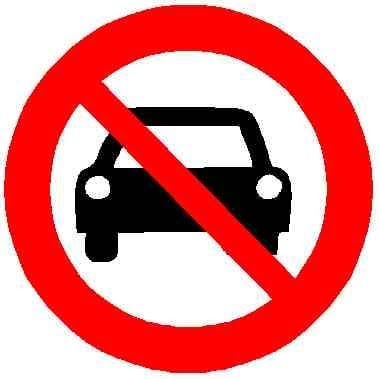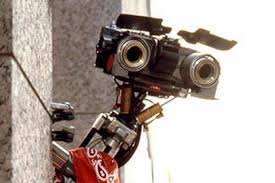Not sure if this is the right place to post this, but i really like how calm the street scenes are without cars. There’s also a 1902 / now comparison video which is kind of depressing, i thought i’d rather post something nice :)
It’s certainly an interesting town and monorail. I was there last month and took some footage of the Schwebebahn.
https://www.youtube.com/watch?v=HpmhPuT_DlkSo beautiful :)
Right? Makes me strangely sentimental watching this.
That’s excellent. Pity we don’t make more use of things like that now.
Oops, just looked at the other link!
The situations where such infrastructure technologies make sense as the best option are pretty rare. Wuppertal had the unique combination of circumstances with:
- a decently well-connected inventor and a supportive emperor
- the urban/metropolitan area being in a narrow valley along the river Wupper
- steep hillsides poorly suited for rail
- geology poorly suited for tunnelling with late 1800’s technology
- local steel industry
- the ability to use the river as the right of way
- the relative infancy of electric railway propulsion
This all contributed to a suspended railway making a lot of sense in that case.
Today, an average problem can be satisfactorily addressed with a form of conventional rail in most situations.
Monorails are usually not the most practical solution. In most places where you can build a monorail, a regular train is usually simpler and cheaper to build. Wuppertal has some very specific geography which causes a monorail following the path of the river Wupper to make sense, but that often doesn’t translate well to other places.
Tom Scott made a video about it at some point:
https://www.youtube.com/watch?v=F4KZLcvMQWgAnd a video on the Schwebebahn by The Tim Traveller:
https://www.youtube.com/watch?v=9IFh6wFTJiQ




